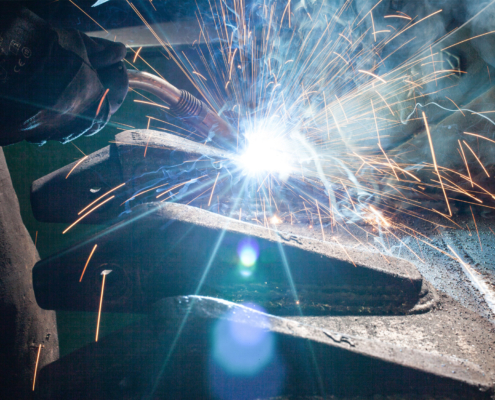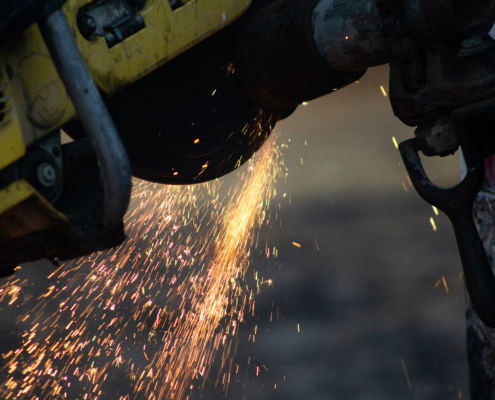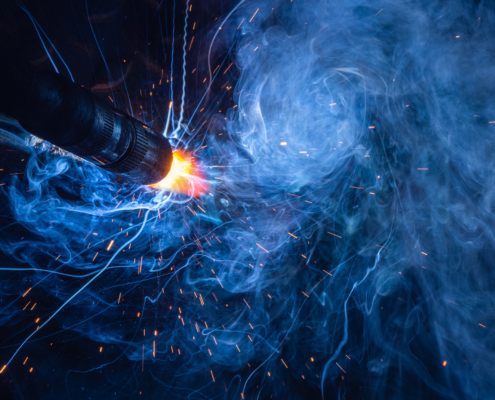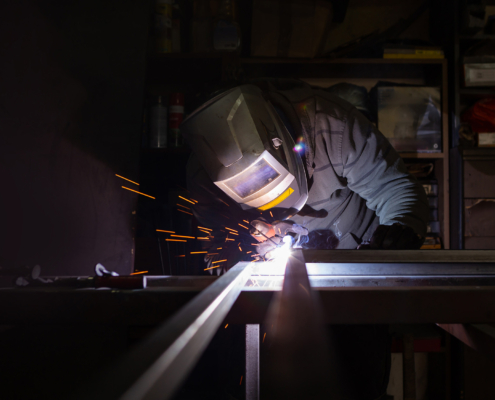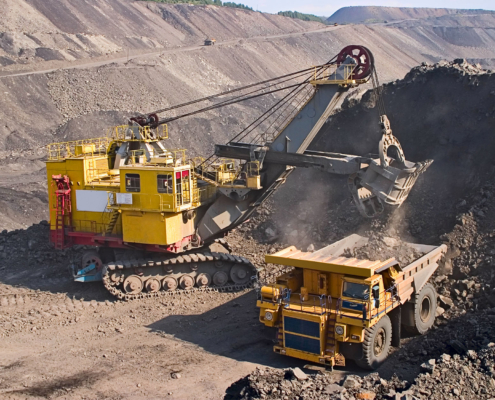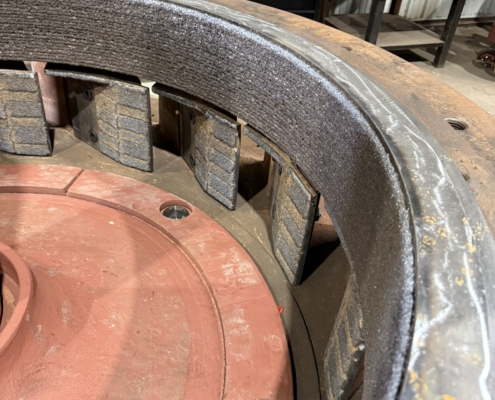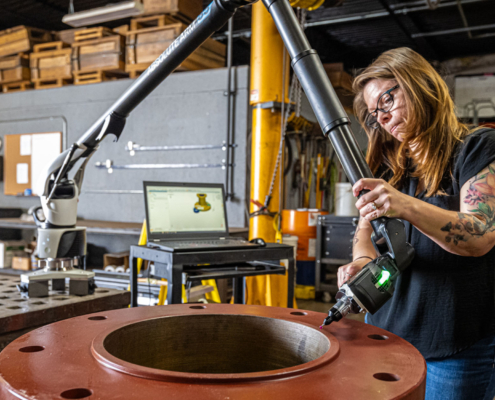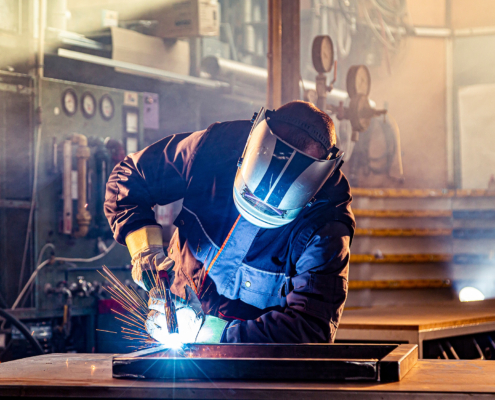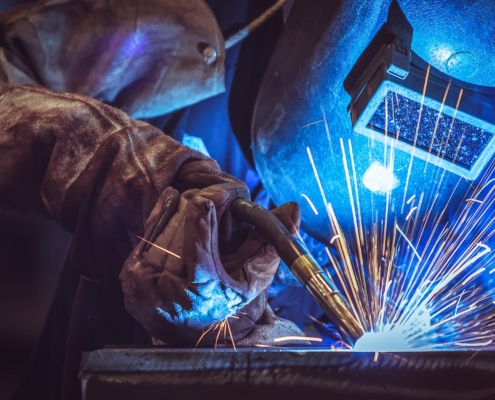Putting a preventive hardfacing program in place pays for itself in several ways, and the savings quickly outpace the upfront costs of scheduled maintenance.
The most obvious benefit is the reduction of emergency repair expenses. When a critical wear part finally gives way, you’re often looking at not just the price of a new component but also premium labor rates for after‑hours work, expedited shipping fees, and the ripple downtime costs. By contrast, a hardfacing touch‑up performed during a planned service window typically costs a fraction of a full replacement and avoids those rush charges.
Beyond direct repair costs, preventive maintenance stabilizes your production schedule. You’ll know exactly when each machine is slated for service, so you can arrange labor, order materials, and minimize disruption to operations. That predictability keeps your workforce productive and prevents the cascading delays that can derail entire projects.
There’s also a long‑term capital preservation angle: extending the life of major equipment reduces the need for large capital expenditures on replacements. For heavy machinery that costs hundreds of thousands of dollars, adding years to its service life through preventive hardfacing can free up budget for other growth initiatives.
Finally, a robust preventive program supports better budgeting and planning. When you no longer have to allocate large contingency funds for surprise breakdowns, you can invest more in strategic upgrades, like automation, process improvements, or additional hardfacing projects in other critical areas.
The overall result is a healthier bottom line, a more reliable operation, and the confidence to pursue new opportunities instead of constantly reacting to equipment failures.

